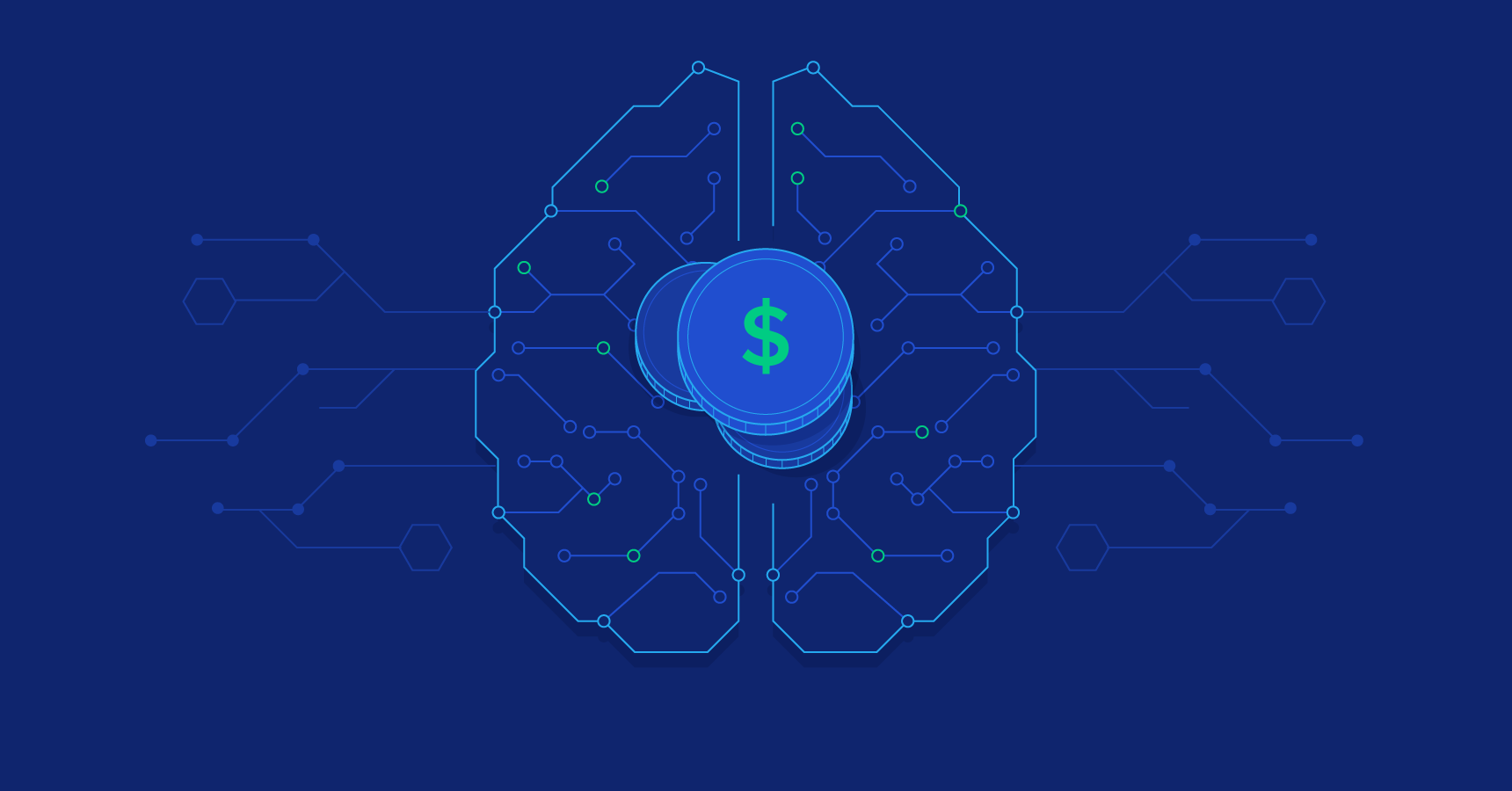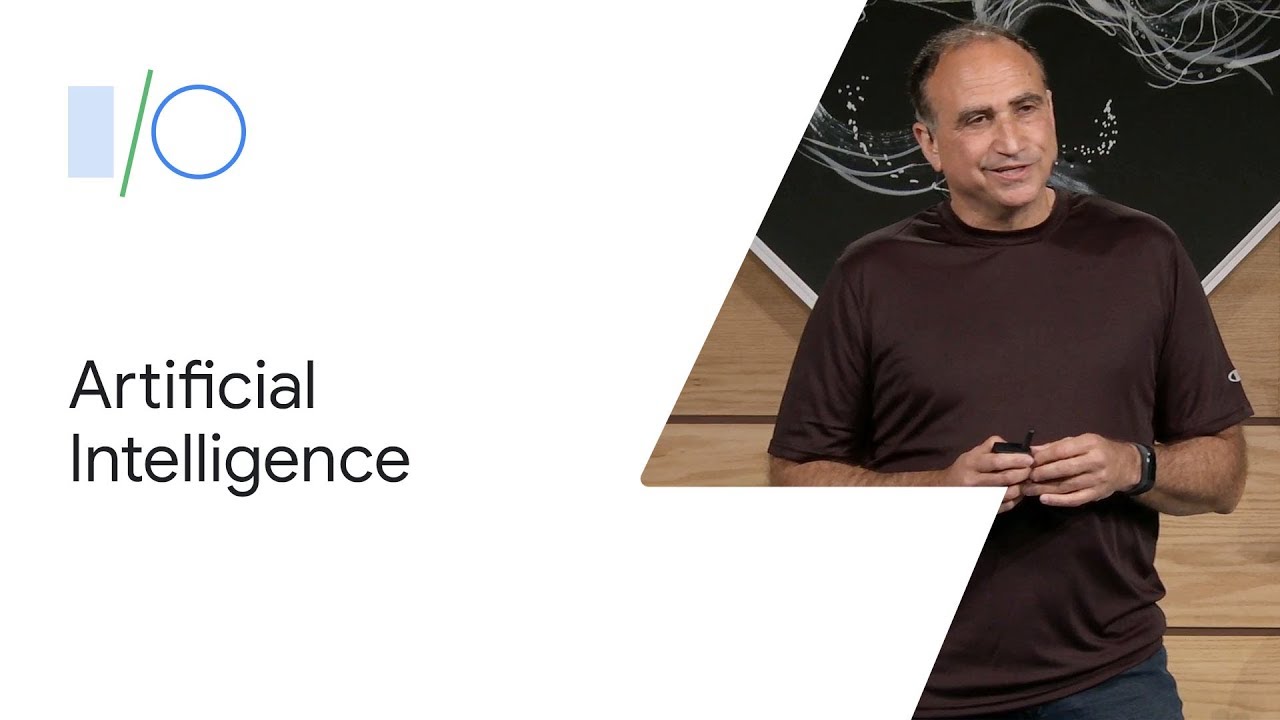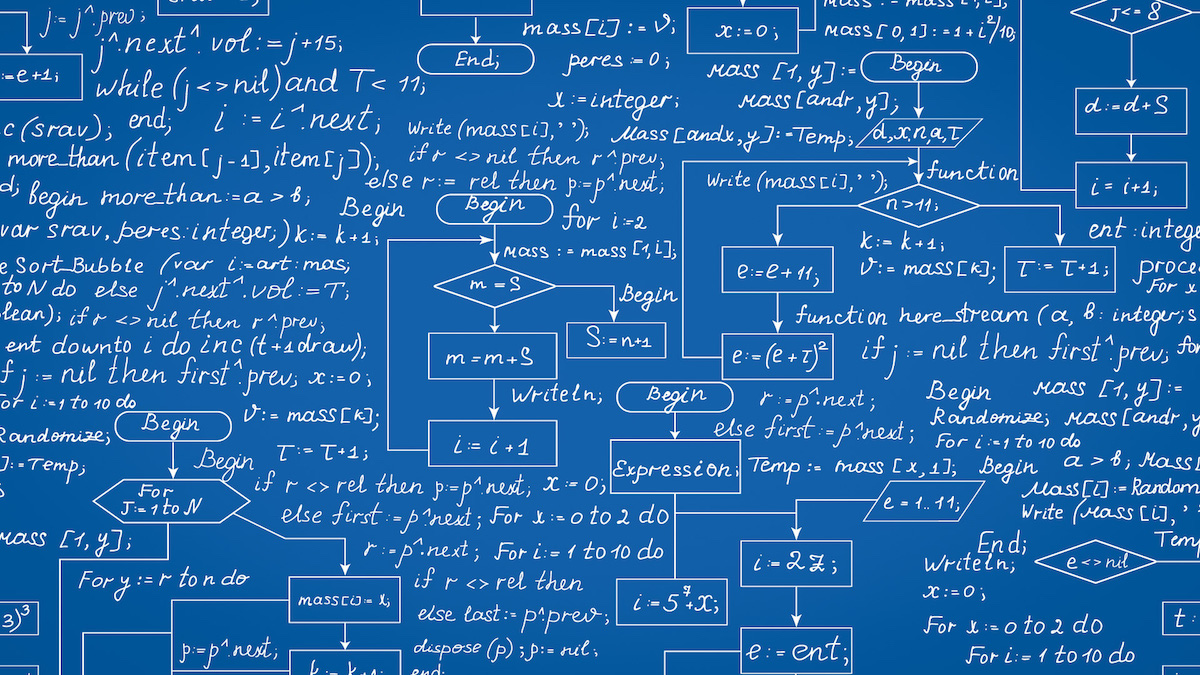
Artificial intelligence research is constantly developing new hypotheses that have the potential to benefit society and industry; however, sometimes these benefits are not fully realized due to a lack of engineering tools. To help bridge this gap, graduate students in the MIT Department of Electrical Engineering and Computer Science’s 6-A Master of Engineering (MEng) Thesis Program work with some of the most innovative companies in the world and collaborate on cutting-edge projects, while contributing to and completing their MEng thesis.
During a portion of the last year, four 6-A MEng students teamed up and completed an internship with IBM Research’s advanced prototyping team through the MIT-IBM Watson AI Lab on AI projects, often developing web applications to solve a real-world issue or business use cases. Here, the students worked alongside AI engineers, user experience engineers, full-stack researchers, and generalists to accommodate project requests and receive thesis advice, says Lee Martie, IBM research staff member and 6-A manager. The students’ projects ranged from generating synthetic data to allow for privacy-sensitive data analysis to using computer vision to identify actions in video that allows for monitoring human safety and tracking build progress on a construction site.
“I appreciated all of the expertise from the team and the feedback,” says 6-A graduate Violetta Jusiega ’21, who participated in the program. “I think that working in industry gives the lens of making sure that the project’s needs are satisfied and [provides the opportunity] to ground research and make sure that it is helpful for some use case in the future.”
Jusiega’s research intersected the fields of computer vision and design to focus on data visualization and user interfaces for the medical field. Working with IBM, she built an application programming interface (API) that let clinicians interact with a medical treatment strategy AI model, which was deployed in the cloud. Her interface provided a medical decision tree, as well as some prescribed treatment plans. After receiving feedback on her design from physicians at a local hospital, Jusiega developed iterations of the API and how the results where displayed, visually, so that it would be user-friendly and understandable for clinicians, who don’t usually code. She says that, “these tools are often not acquired into the field because they lack some of these API principles which become more important in an industry where everything is already very fast paced, so there’s little time to incorporate a new technology.” But this project might eventually allow for industry deployment. “I think this application has a bunch of potential, whether it does get picked up by clinicians or whether it’s simply used in research. It’s very promising and very exciting to see how technology can help us modify, or I can improve, the health-care field to be even more custom-tailored towards patients and giving them the best care possible,” she says.
Another 6-A graduate student, Spencer Compton, was also considering aiding professionals to make more informed decisions, for use in settings including health care, but he was tackling it from a causal perspective. When given a set of related variables, Compton was investigating if there was a way to determine not just correlation, but the cause-and-effect relationship between them (the direction of the interaction) from the data alone. For this, he and his collaborators from IBM Research and Purdue University turned to a field of math called information theory. With the goal of designing an algorithm to learn complex networks of causal relationships, Compton used ideas relating to entropy, the randomness in a system, to help determine if a causal relationship is present and how variables might be interacting. “When judging an explanation, people often default to Occam’s razor” says Compton. “We’re more inclined to believe a simpler explanation than a more complex one.” In many cases, he says, it seemed to perform well. For instance, they were able to consider variables such as lung cancer, pollution, and X-ray findings. He was pleased that his research allowed him to help create a framework of “entropic causal inference” that could aid in safe and smart decisions in the future, in a satisfying way. “The math is really surprisingly deep, interesting, and complex,” says Compton. “We’re basically asking, ‘when is the simplest explanation correct?’ but as a math question.”
Determining relationships within data can sometimes require large volumes of it to suss out patterns, but for data that may contain sensitive information, this may not be available. For her master’s work, Ivy Huang worked with IBM Research to generate synthetic tabular data using a natural language processing tool called a transformer model, which can learn and predict future values from past values. Trained on real data, the model can produce new data with similar patterns, properties, and relationships without restrictions like privacy, availability, and access that might come with real data in financial transactions and electronic medical records. Further, she created an API and deployed the model in an IBM cluster, which allowed users increased access to the model and abilities to query it without compromising the original data.
Working with the advanced prototyping team, MEng candidate Brandon Perez also considered how to gather and investigate data with restrictions, but in his case it was to use computer vision frameworks, centered on an action recognition model, to identify construction site happenings. The team based their work on the Moments in Time dataset, which contains over a million three-second video clips with about 300 attached classification labels, and has performed well during AI training. However, the group needed more construction-based video data. For this, they used YouTube-8M. Perez built a framework for testing and fine-tuning existing object detection models and action recognition models that could plug into an automatic spatial and temporal localization tool — how they would identify and label particular actions in a video timeline. “I was satisfied that I was able to explore what made me curious, and I was grateful for the autonomy that I was given with this project,” says Perez. “I felt like I was always supported, and my mentor was a great support to the project.”
“The kind of collaborations that we have seen between our MEng students and IBM researchers are exactly what the 6-A MEng Thesis program at MIT is all about,” says Tomas Palacios, professor of electrical engineering and faculty director of the MIT 6-A MEng Thesis program. “For more than 100 years, 6-A has been connecting MIT students with industry to solve together some of the most important problems in the world.”
By MIT-IBM Watson AI Lab
Source MIT News





